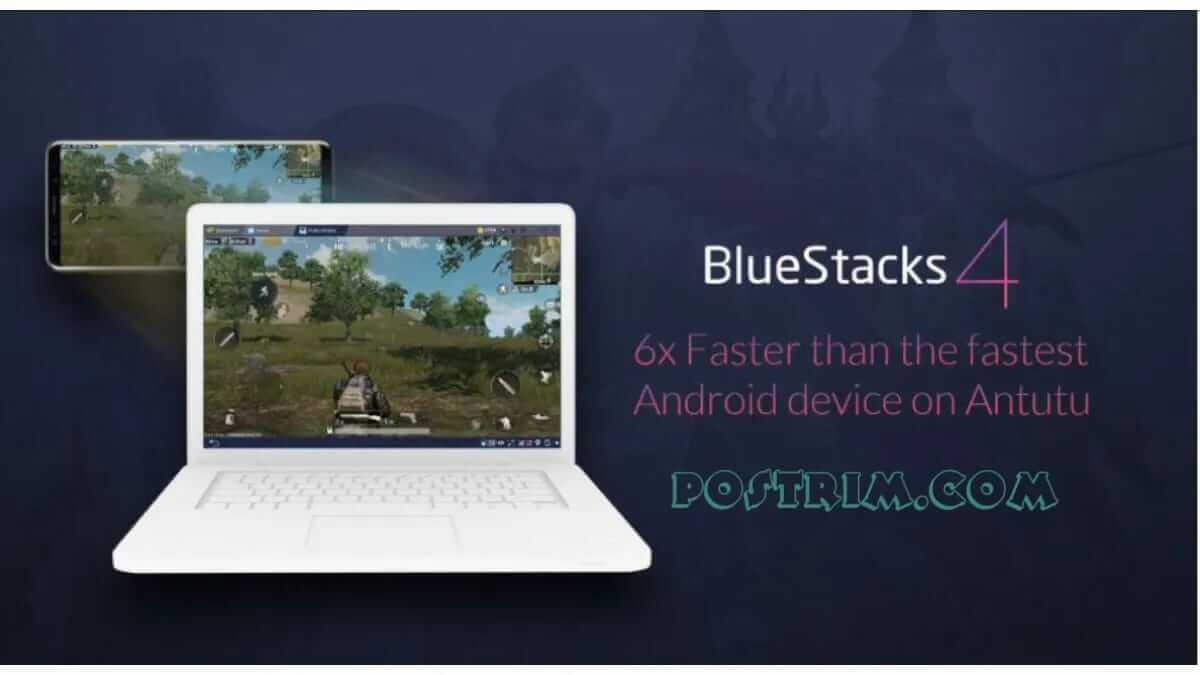Are you tired of dealing with slow performance when running BlueStacks 4 on your low-end PC? Do you want to play your favorite Android games or use apps without experiencing lag or freezes? In this article, we will guide you through the process of optimizing BlueStacks 4 for low-end PCs, so you can enjoy smooth and seamless performance.
Introduction
BlueStacks 4 is one of the most popular Android emulators for PC, allowing users to run their favorite apps and games on Windows or Mac. However, running BlueStacks 4 on a low-end PC can be challenging due to limited resources and processing power. Fortunately, there are several tweaks and settings that you can adjust to optimize BlueStacks 4 and improve its performance.
System Requirements
Before we dive into the optimization process, it’s important to ensure that your PC meets the minimum system requirements for BlueStacks 4. Here are the recommended specs:
- Operating System: Windows 7 or above
- Processor: Intel or AMD Processor
- RAM: 2GB or more
- HDD: 5GB Free Disk Space
- Graphics: Intel/Nvidia/ATI, Onboard or Discrete
- Internet Connectivity: Broadband connection to access games, accounts, and related content.
Update BlueStacks 4
The first step to optimizing BlueStacks 4 is to make sure you’re running the latest version. Check for updates by clicking on the gear icon on the top right corner of the BlueStacks 4 window, then selecting “Settings” and “About”. If there is an update available, download and install it.
Adjust BlueStacks 4 Settings
BlueStacks 4 comes with several settings that you can adjust to optimize its performance on a low-end PC. Here are some of the most effective ones:
Engine Settings
Click on the gear icon, then select “Settings” and “Engine”. Here, you can adjust the following settings:
- Memory: Increase the amount of memory allocated to BlueStacks 4 by moving the slider to the right. We recommend setting it to 4GB if your PC has 8GB of RAM or more, or 2GB if it has less.
- CPU: Choose the number of CPU cores that BlueStacks 4 can use by moving the slider to the right. We recommend setting it to 4 if your PC has 8 or more cores, or 2 if it has fewer.
- ABI: Choose the type of CPU architecture that BlueStacks 4 should use. If you’re not sure, select “Auto”.
- Graphics: Choose the graphics mode that BlueStacks 4 should use. If you’re experiencing performance issues, select “Performance”.
Display Settings
Click on the gear icon, then select “Settings” and “Display”. Here, you can adjust the following settings:
- Resolution: Decrease the screen resolution to improve performance. We recommend setting it to 1280×720 or lower.
- DPI: Decrease the DPI to improve performance. We recommend setting it to 240 or lower.
Advanced Settings
Click on the gear icon, then select “Settings” and “Advanced”. Here, you can adjust the following settings:
- OpenGL: Choose the OpenGL renderer that BlueStacks 4 should use. If you’re experiencing performance issues, select “SwiftShader”.
- ASTC: Disable ASTC texture format if your PC does not support it.
Disable Unnecessary Programs
Running multiple programs simultaneously can use up precious resources and cause BlueStacks 4 to run slowly on a low-end PC. To optimize performance, it’s important to disable any unnecessary programs that may be running in the background.
To disable unnecessary programs on Windows 10, follow these steps:
- Press “Ctrl + Shift + Esc” to open the Task Manager.
- Click on the “Startup” tab.
- Disable any programs that are not essential by right-clicking on them and selecting “Disable”.
- Use Game Settings in BlueStacks 4
BlueStacks 4 comes with game-specific settings that you can adjust to optimize performance for each game. Here’s how to use game settings:
- Launch the game you want to play.
- Click on the keyboard icon in the bottom right corner of the BlueStacks 4 window.
- Select “Game settings”.
- Adjust the settings according to your preferences.
- Update Graphics Drivers
Updating your graphics drivers can significantly improve performance when running BlueStacks 4 on a low-end PC. Here’s how to update your graphics drivers on Windows 10:
- Press “Windows + X” and select “Device Manager”.
- Expand the “Display adapters” category.
- Right-click on your graphics card and select “Update driver”.
- Select “Search automatically for updated driver software”.
- Add More RAM to Your PC
If your PC has less than 2GB of RAM, adding more RAM can significantly improve performance when running BlueStacks 4. Here’s how to add more RAM to your PC:
- Shut down your PC and unplug all cables.
- Remove the case from your PC and locate the RAM slots.
- Insert the new RAM module into an empty slot.
- Close the case and reconnect all cables.
Conclusion
Optimizing BlueStacks 4 for low-end PCs can significantly improve performance and allow you to enjoy your favorite Android games and apps without experiencing lag or freezes. By following the steps outlined in this guide, you can maximize the potential of BlueStacks 4 on your low-end PC. For more information, visit PostRim.
FAQs
Can I run BlueStacks 4 on a PC with less than 2GB of RAM?
It is possible, but performance may be slow. We recommend adding more RAM if possible.
How can I improve graphics performance in BlueStacks 4?
A: You can improve graphics performance by updating your graphics drivers and choosing the appropriate graphics mode in BlueStacks 4 settings.
Can I adjust game-specific settings in BlueStacks 4?
Yes, you can adjust game-specific settings by clicking on the keyboard icon and selecting “Game settings”.
Will disabling unnecessary programs improve BlueStacks 4 performance?
Yes, disabling unnecessary programs can free up resources and improve BlueStacks 4 performance.
Can I run BlueStacks 4 on a Mac?
Yes, BlueStacks 4 is available for both Windows and Mac.

